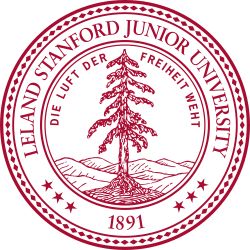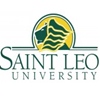Southside Virginia Community College is South Virginia Community College. The following is a detailed introduction to the college:
School Profile
School Nature and Location: It is a public community college located in Virginia.
Establishment Time: Founded in 1970.
Campus Environment: The campus environment is beautiful and the area is safe, providing students with a safe and comfortable learning and living environment.
School Size and Facilities
Student Size: The college has a certain number of students, and the specific number may vary according to different semesters.
Teaching Staff: It has a team of highly professional teachers with rich teaching experience, who can provide students with high-quality teaching guidance and help students better master professional knowledge and skills.
Teaching Facilities: The school is equipped with complete teaching facilities, including modern classrooms, laboratories, computer rooms, libraries, etc. These facilities provide students with good learning conditions, meet the teaching needs of different professional courses, and help students learn and practice better.
Professional Settings
Degrees and Certificates: Associate degrees and a variety of certificate courses are provided, covering multiple fields, providing students with a variety of learning options to meet the learning needs and career development goals of different students.
Popular majors: including business/agribusiness, consulting, general education/transfer, information technology/computer, industrial technology, nursing/ Health science, public service, teaching and other majors.
Teaching mode and characteristics
Transfer education: The college has established cooperative relations with many four-year universities. After completing the two-year associate degree course, if the students meet certain requirements, they can smoothly transfer to the cooperative colleges to continue their studies and pursue a bachelor's degree, providing students with a broader path to further education.
Vocational training: Focus on vocational skills training. According to market demand and employment trends, professional courses closely integrated with actual work are set up. Through practical operations and internship projects, students can master practical vocational skills, improve their employment competitiveness, and quickly adapt to their jobs after graduation.
Online courses: Provide rich online course resources. Students can flexibly choose online learning methods according to their own time and learning progress, which is convenient for those students who cannot go to campus for classes, such as working people, housewives, etc., and also provide students with more learning autonomy and convenience.
Tuition and funding
Tuition: Tuition at community colleges is relatively low. The specific tuition standards vary depending on factors such as majors and courses, but in general, it is much lower than the tuition of four-year public and private universities, which reduces the financial burden on students and their families and enables more people to receive higher education.
Funding policy: The school provides students with a variety of financial aid methods, including grants, scholarships, loans, etc., to help students reduce tuition pressure and ensure that students can successfully complete their studies. Eligible students can apply for corresponding funding projects according to their own circumstances.
Admission requirements
Education requirements: Generally, students are required to have a high school diploma or equivalent. For international students, they are also required to provide relevant academic certificates and be reviewed and approved by the school.
Language requirements: International students usually need to have a certain level of English language proficiency, such as TOEFL, IELTS and other test scores that meet certain standards to prove that they can adapt to the English teaching environment. If the student's language score does not meet the requirements, the school may provide English language courses or require students to participate in language training first to improve their English level before entering formal courses.
-

Harvard University
-

Massachusetts Institute of Technology
-

South University
-

University of West Georgia
-

Stanford University
-

Northwest Nazarene University
-

Hawaii Pacific University
-

Shorter University
-

Nova Southeastern University
-

Saint Leo University
-

Mesoamerican University
-

Istmo University
-

Mariano Galvez University of Guatemala
-

Regional University of Guatemala
-

Galileo University
-

Francisco Marroquín University
-

Rafael Landívar University
-

University of the Valley of Guatemala
-

University of San Carlos of Guatemala
-

Technological Institute of Tlaxcala Plateau
-

Golfo University
-

Technological University of South Sonora
-

Technological University of Huejotzingo
-

Tizimín Institute of Technology
-

Chilpancingo Institute of Technology

